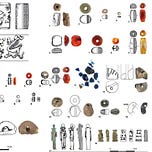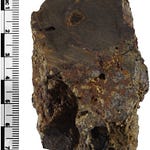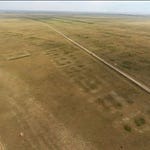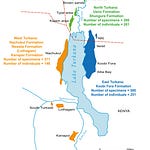The Valley That Should Have Been Quiet
The Jezreel Valley is often presented as a place where empires came to take what they needed and then looked away. Assyria, in particular, has long been cast as a distant landlord, extracting grain and labor from the region while investing little in the lives of the people who lived there. That portrayal sits comfortably with the sparse Iron IIC remains found at Horvat Tevet, a small site tucked just fifteen kilometers from the urban center of Tel Megiddo.
Yet a single burial discovered1 within the site’s Level 3 depositional layers refuses to play along. It carries echoes of fire, imported luxury, and an unexpected intimacy with imperial power. The cremation chamber was carved modestly into the ground, but the objects placed within it were anything but modest. They belonged to someone whose social world stretched far beyond the nearby villages and fields, pulling in symbols, vessels, and technologies that tie the deceased directly into the expanding arteries of Assyrian governance and trade.
“Funerary contexts often speak louder than administrative texts,” says Dr. Hana Elias, an archaeologist at the University of Haifa. “They reveal how individuals positioned themselves in relation to imperial systems, and how communities remembered them.”
The burial from Horvat Tevet is now the richest Iron Age cremation assemblage ever found in the Southern Levant. It should not exist in a region scholars have long described as neglected. And yet, there it is.
Listen to this episode with a 7-day free trial
Subscribe to Anthropology.net to listen to this post and get 7 days of free access to the full post archives.









